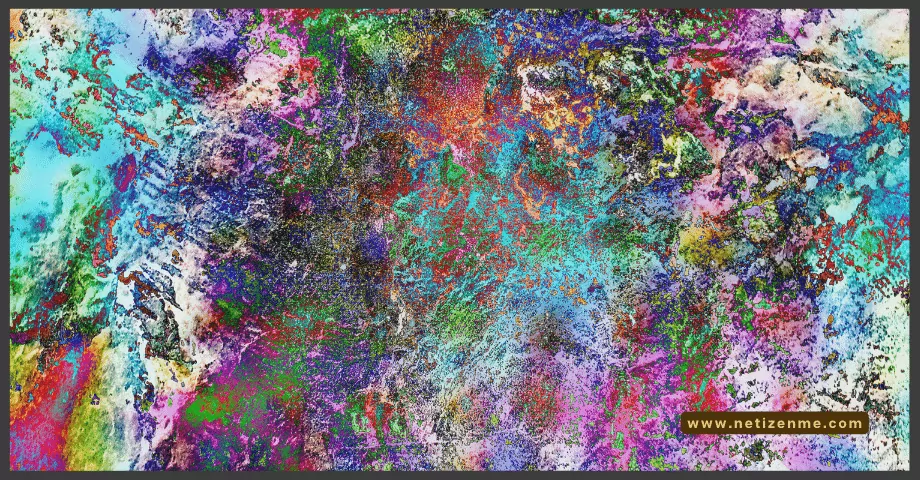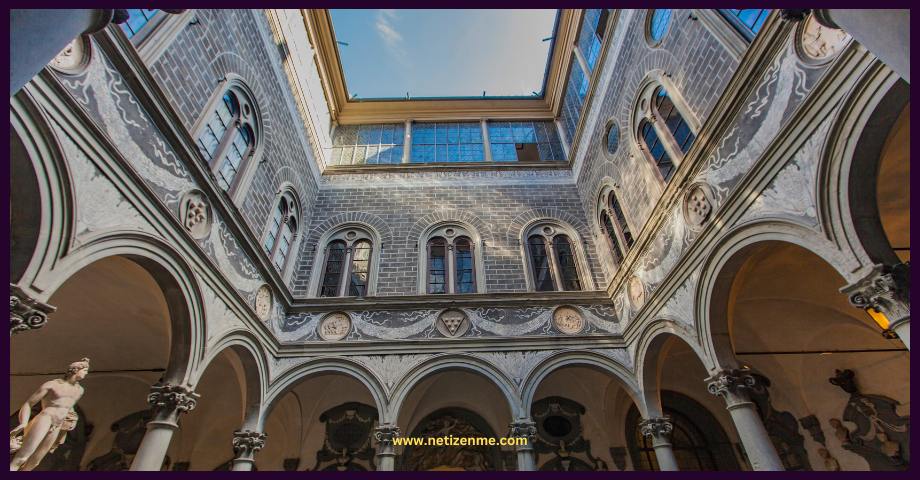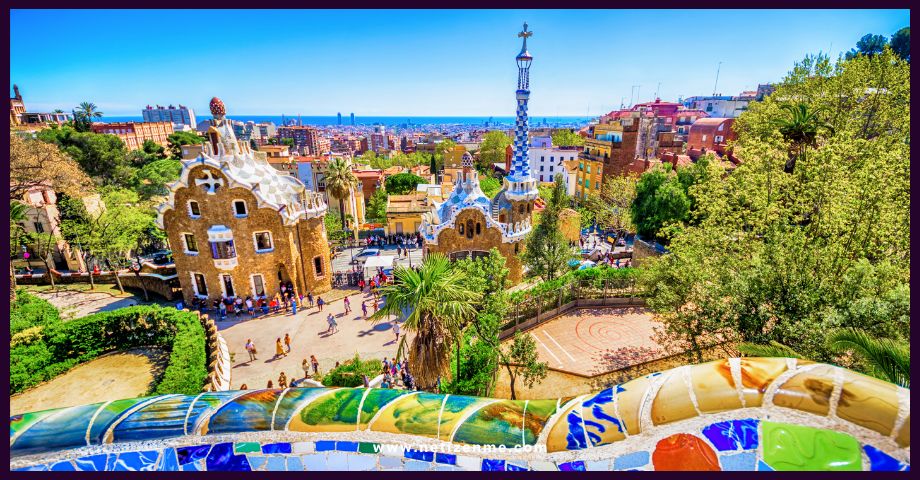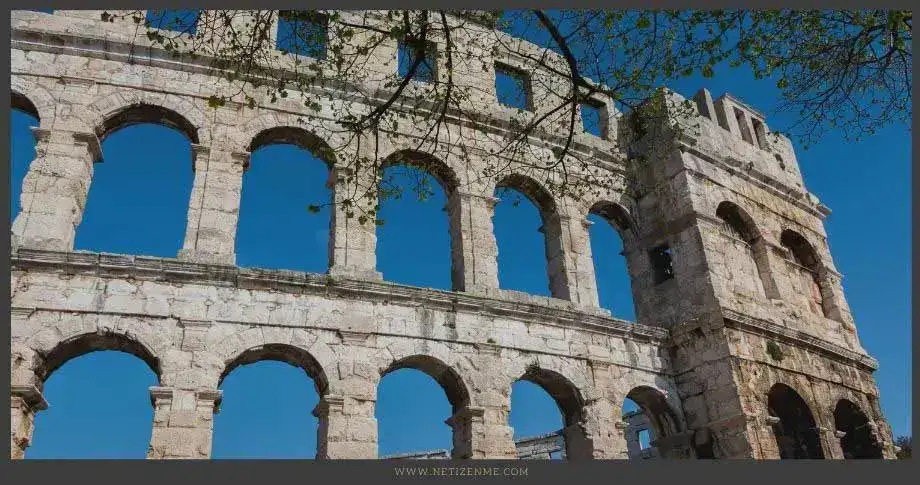In the rich tapestry of the Italian Renaissance, one cannot overlook the profound influence of classicism. Italian Renaissance scholars, driven by a thirst for knowledge and a deep appreciation for the wisdom of the past, embraced classicism in remarkable ways. In what ways did Italian renaissance scholars embrace classicism and build upon it to create new school of thought? In this article, we embark on a captivating journey to understand how these brilliant minds embraced classicism and transformed it into a new school of thought.
What is classicism in the Italian Renaissance?
The Italian Renaissance, known for its profound impact on art, literature, and culture, witnessed a significant artistic movement known as classicism. This artistic approach drew inspiration from the ideals of ancient Greece and Rome, seeking to revive the beauty, harmony, and balance found in the art of antiquity.
Through the works of influential artists such as Donatello, Botticelli, and Raphael, classicism brought forth a renewed appreciation for beauty, harmony, and rationality in art. Its enduring legacy can be witnessed in subsequent artistic movements and its profound impact on Western art and culture.
In what ways did Italian renaissance scholars embrace classicism and build upon it to create new school of thought?
Italian Renaissance scholars embraced classicism and built upon it to create new schools of thought that profoundly impacted various fields of knowledge. Here are some ways in which they embraced classicism and developed innovative ideas:
Humanism and the Study of Classical Texts:
Renaissance scholars, known as humanists, focused on studying classical Greek and Roman texts, including philosophy, literature, and history. Italian Renaissance scholars embraced classicism by rediscovering and studying ancient Greece and Rome’s literature, philosophy, and art. This renewed interest in classical culture led to a movement known as Humanism, which strongly emphasized the study of classical texts and the education and development of the individual.
They sought to understand and interpret these ancient texts in their original languages, emphasizing the importance of grammar, rhetoric, and eloquence.
Humanists like Petrarch and Erasmus popularized the idea of “ad fontes“, or going back to the sources, encouraging a direct engagement with classical texts.
Revival of Ancient Philosophical Ideas:
Renaissance scholars delved into the works of ancient philosophers such as Plato, Aristotle, and Stoics, exploring their ideas on ethics, metaphysics, and politics.
They blended classical philosophy with Christian thought, seeking to harmonize the teachings of antiquity with their religious beliefs.
This synthesis of ancient and Christian philosophy gave rise to a new school of thought known as Renaissance Neoplatonism, which emphasized spiritual and mystical elements.
Artistic Inspiration from Classical Antiquity:
Artists and architects during the Italian Renaissance drew inspiration from the art and architecture of ancient Greece and Rome.
They studied and emulated classical sculptures, paintings, and buildings’ proportions, techniques, and aesthetic ideals.
The works of artists such as Michelangelo, Leonardo da Vinci, and Palladio showcased the fusion of classical elements with innovative techniques, resulting in groundbreaking masterpieces.
Scientific Inquiry and Observational Methods:
Renaissance scholars like Leonardo da Vinci and Galileo Galilei promoted empirical observation and experimentation in scientific inquiries.
They drew upon the works of ancient scientists such as Archimedes and Ptolemy, integrating their knowledge with new discoveries and methodologies.
The blending of classical scientific principles with emerging scientific methods laid the foundation for the Scientific Revolution and the advancement of various scientific disciplines.
Legal and Political Thought:
Renaissance scholars explored ancient Roman legal systems, such as Justinian’s Code of Laws, to develop new legal theories and institutions.
They incorporated classical ideas of civic virtue, republicanism, and the rule of law into their political thought, influencing the development of modern political systems.
Figures like Machiavelli and Guicciardini contributed to the field of political science by examining the successes and failures of ancient rulers and statesmen.
The key figures of the Italian Renaissance
One of the key figures of the Italian Renaissance, Francesco Petrarca, was instrumental in promoting the study of classical literature and is considered one of the first humanists. He believed studying classical literature would lead to a greater understanding of human nature and the world and improve individuals’ moral and intellectual development.
Another key figure of the Italian Renaissance, Giovanni Boccaccio, helped to establish humanism as a literary movement by promoting the use of vernacular language, rather than Latin, in literature. This made classical texts and ideas more accessible to a wider audience and helped to spread humanist ideas throughout society.
The art of the Italian Renaissance, as seen in works by artists such as Leonardo da Vinci, Michelangelo, and Raphael, also reflected the influence of classicism. They drew inspiration from the art and architecture of ancient Greece and Rome and used the ideals of harmony, balance, and proportion to create new and innovative works of art.
In addition, the architectural style of the Italian Renaissance, as seen in works such as the Florence Cathedral and the Palazzo della Signoria, was also deeply influenced by classicism. Architects drew inspiration from the classical orders of architecture and used them to create new and unique designs.
The influence of ancient Greece and Rome’s literature, philosophy, and art
Italian Renaissance scholars embraced classicism by rediscovering and studying ancient Greece and Rome‘s literature, philosophy, and art. This renewed interest in classical culture led to the movement of humanism, which strongly emphasized the study of classical texts and the education and development of the individual. The art and architecture of the Italian Renaissance were also deeply influenced by classicism, reflecting the ideals of harmony, balance, and proportion to create new and innovative works.
Classicism in the Italian Renaissance represents a significant artistic movement that celebrated the ideals of ancient Greece and Rome. The revival of classicism during the Italian Renaissance continues to inspire and captivate audiences, inviting us to explore the timeless allure of ancient art and its profound relevance to the present day.
This article is written by:
Chenayah enjoys exploring and writing about her passions, including languages and travel. She leverages her diverse educational background in Business, Psychology, and Linguistics to enrich her writing endeavors.






